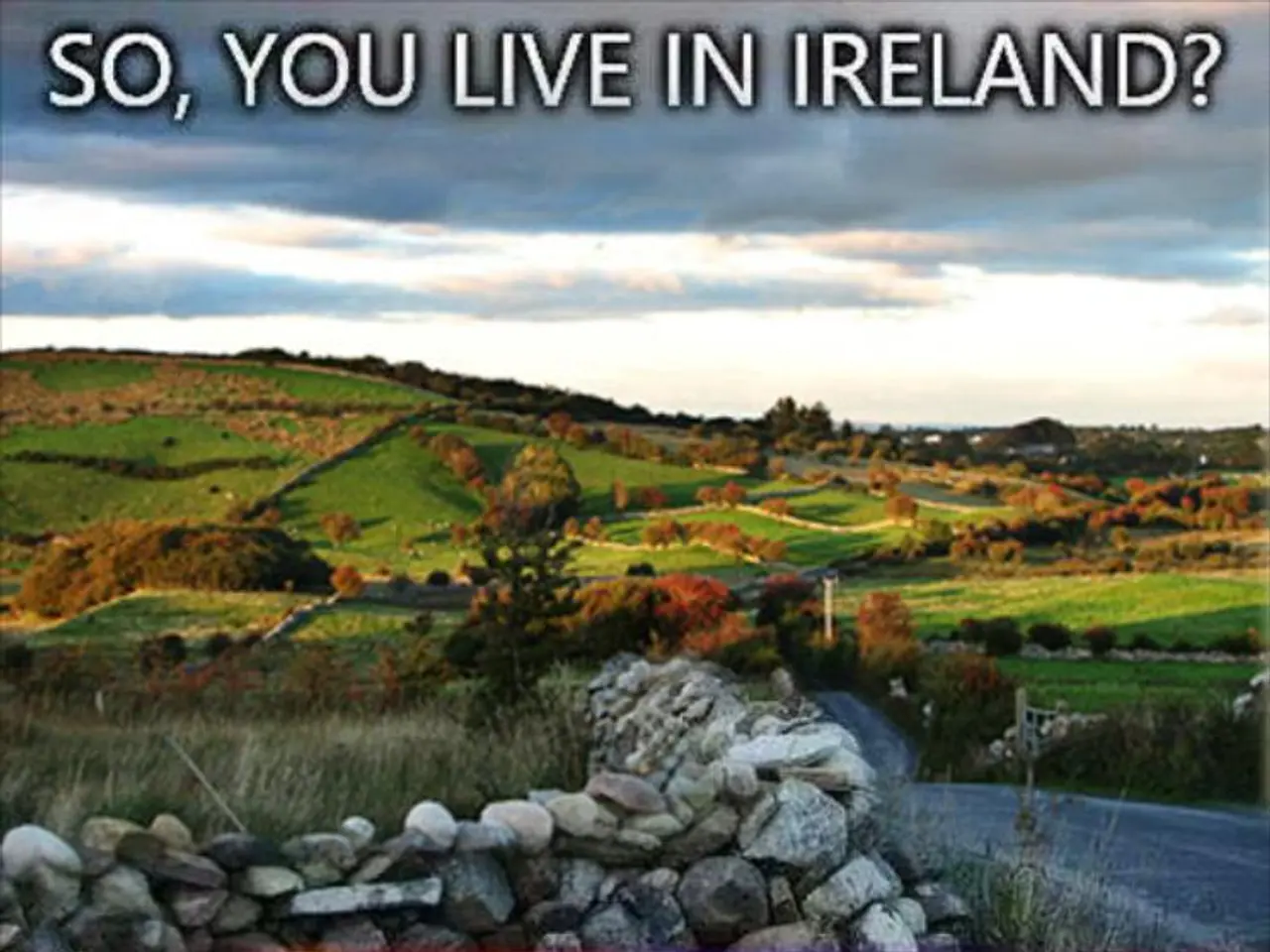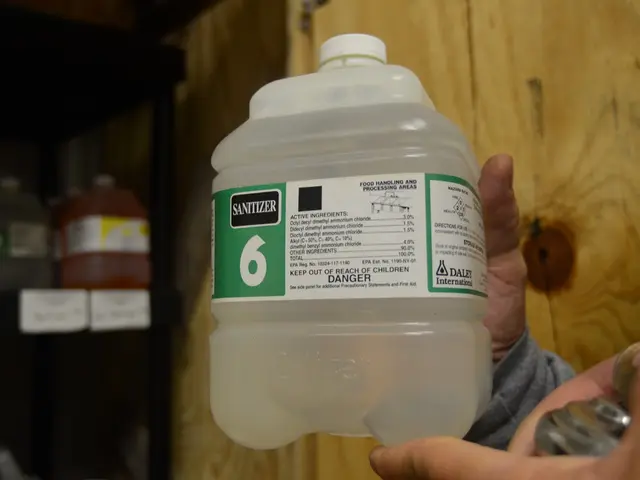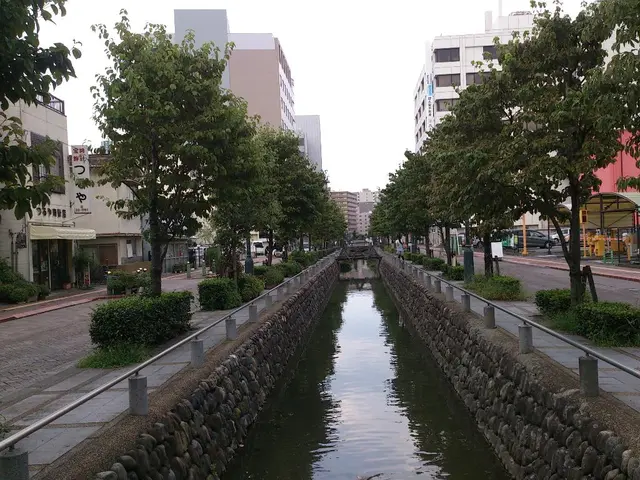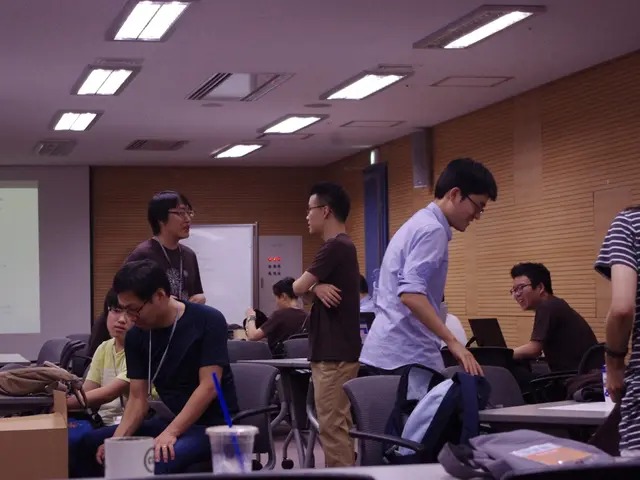Elderly heat-related fatalities have soared by an alarming 85% since the 1990s.
The United Nations Environment Programme (UNEP) has released a report highlighting the alarming rise in heat-related deaths among the elderly since the 1990s. The report specifically mentions elderly people as a group that is particularly vulnerable to extreme conditions like heatwaves.
The increase in heat-related deaths among the elderly is driven by several interrelated causes. Aging impairs the body’s ability to regulate temperature due to reduced sweating and cardiovascular responses. Older adults often have chronic diseases that further reduce heat tolerance.
Socioeconomic and structural factors also play a significant role. Low socioeconomic status can restrict access to cooling resources like air conditioning and adequate housing, increase social isolation, and limit mobility to seek cooler environments during heatwaves. Structural racism and poverty contribute to higher mortality, as seen in cities like New York, where Black elderly residents and those in poorer neighborhoods have elevated heat-related death rates.
The Urban Heat Island (UHI) effect, where urban areas tend to be several degrees hotter than surrounding rural areas due to heat retention by buildings, roads, and infrastructure, also increases the risk of heat-related illness and death, especially in dense cities where many elderly live.
Climate change has led to hotter and more frequent heatwaves, raising overall exposure to dangerous heat levels. Europe saw nearly 48,000 heat-related deaths in 2023, with projections indicating a catastrophic rise in risk as warming continues.
To combat this growing crisis, several solutions have been proposed. These include targeted public health interventions, improving access to cooling, urban planning and green infrastructure, and community support and social networks. Providing elderly individuals with information about heat risks and prevention strategies, expanding cooling centers, subsidizing air conditioning for vulnerable populations, reducing UHI through increased green spaces, reflective building materials, and urban design changes, and combating social isolation among the elderly by strengthening community outreach and support systems are all crucial steps.
As more elderly people live in cities and heatwaves grow hotter and more frequent, combining climate adaptation in urban design, improved access to cooling, public health outreach, and social support is critical to reducing future mortality. The proportion of elderly individuals is projected to increase significantly, with the EU expecting a rise from 21.6% to 32.5% of persons over 65 by 2100. Urbanization concentrates elderly populations in heat-vulnerable locations subject to the UHI effect, magnifying their exposure and health risks.
Without adaptation, heat-related mortality among elderly urban residents is projected to increase dramatically, potentially by more than 30-fold with 3°C global warming, leading to hundreds of thousands of deaths by century’s end just in Europe. The UNEP report does not specify the regions where the increase in heat-related deaths among the elderly has been observed.
Many elderly people choose to live in cities due to access to better healthcare facilities, social activities, and reliable public transportation. However, elderly people, especially those with chronic illnesses, frailty, or mobility restrictions, are most susceptible to heat-related health issues such as respiratory, cardiovascular, and metabolic diseases.
The UNEP report does not discuss any strategies or solutions for mitigating the risks associated with heatwaves for vulnerable groups like the elderly. It also does not mention any strategies for mitigating the risks of heatwaves in urban areas for vulnerable groups like the elderly, nor does it discuss the impact of urbanization on the increase in heat-related deaths among the elderly. The report also does not provide details on the potential health effects of living in cities on the elderly during heatwaves or discuss any measures to improve urban infrastructure to better protect the elderly during heatwaves.
In conclusion, the rise in heat-related deaths among the elderly is a complex issue that requires urgent attention and action. By understanding the causes and implementing effective solutions, we can work towards reducing future mortality and ensuring the safety and well-being of our elderly population.
- The UNEP report doesn't provide details on the regional distribution of the increase in heat-related deaths among the elderly.
- The report focuses on the impact of climate change on heat-related deaths but doesn't discuss specific strategies for mitigating risks in urban environments, particularly for the elderly population.
- Mental health and well-being of the elderly, as well as the effects of aging, climate change, and urbanization on their overall health, are topics that are overlooked in the UNEP report regarding heat-related deaths.








